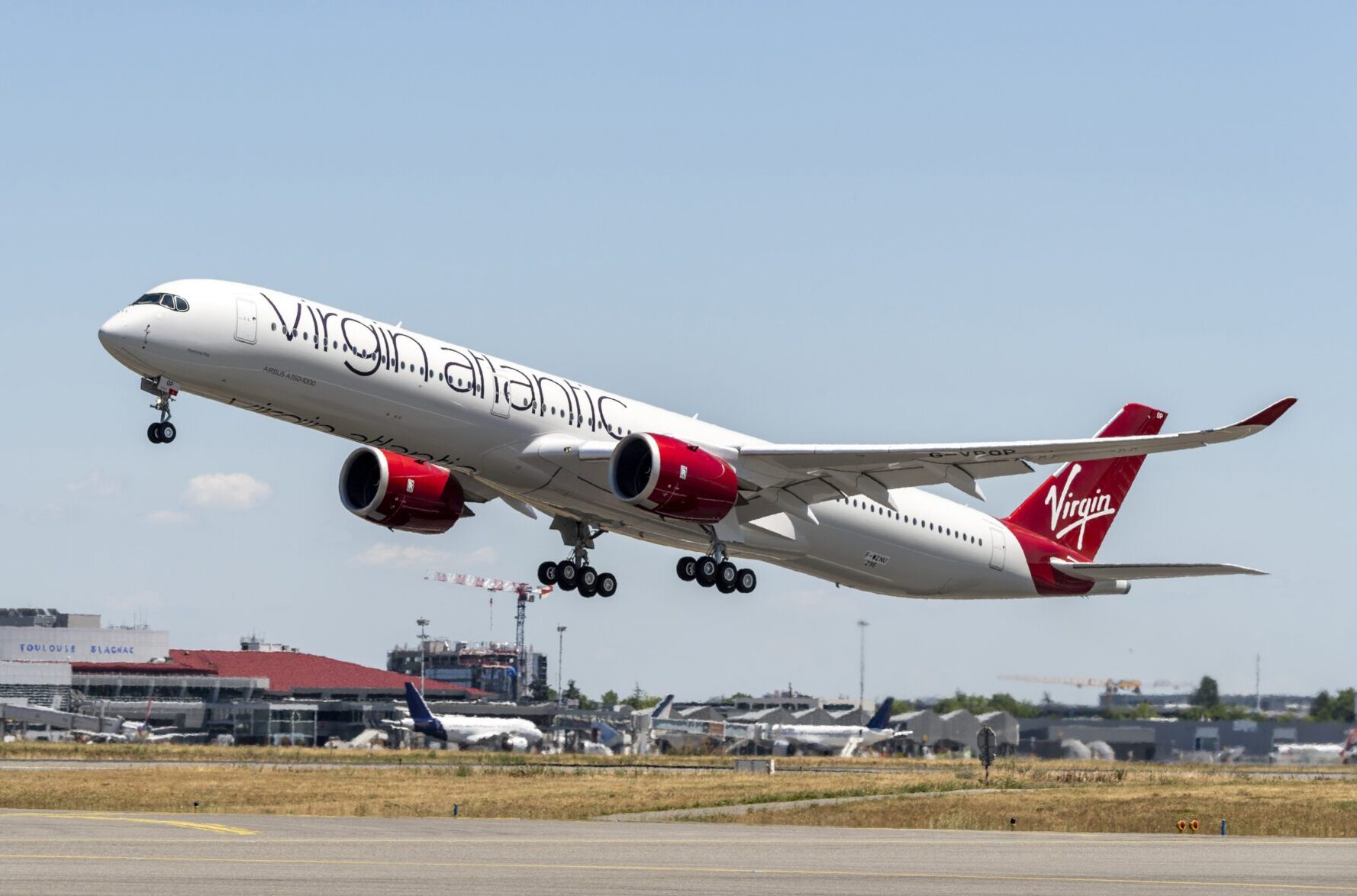Western Airlines Are Pulling Out of China – Virgin Atlantic Is the Latest

Skift Take
Virgin Atlantic is withdrawing from China after 25 years. The last round-trip for the company’s London to Shanghai service will be on October 25. The British airline cited “significant challenges and complexities” for the commercially motivated decision.
Virgin’s operations have become increasingly costly due to increased flight times. London to Shanghai has always been a long-haul link, but the closure of Russian airspace has resulted in even longer journeys.
Virgin resumed its Shanghai route in May 2023 following the pandemic. Since then, a typical flight from Heathrow is an hour longer, while the return to London is two hours longer.
Traveling westbound, Virgin’s advertised journey time between the two cities is 14 hours and 20 minutes. By comparison, Chinese airlines that still fly over Russia can operate the same route in under 12 hours.
As well as burning more fuel and being less convenient for passengers, Virgin’s longer flights mean additional aircraft and crew resourcing for the airline.
Speaking to Skift last month, KLM CEO Marjan Rintel shared her frustration at the broader situation. “It’s not a level playing field. It takes another two hours for us, four cockpit crew, and of course, more fuel, which is not the cheapest today.
“It’s really frustrating and I think it’s harmful for relationships. We are in an international world and an international competition. It’s very hard to have restrictions from Europe or Russia that are not valid for others,” said Rintel.
What is Virgin Atlantic Saying?
In a statement to Skift, a Virgin Atlantic spokesperson said: “After careful consideration, we’ve taken the difficult decision to suspend our London Heathrow to Shanghai services, after proudly serving this Asian hub city since 1999.
“However, significant challenges and complexities on this route have contributed to the commercial decision to suspend flying to Shanghai. We’re sorry for the disappointment caused to our loyal customers. Anyone booked to travel from October 26, 2024 will be offered a refund.”
Virgin confirmed that affected customers will be contacted from July 18 to discuss alternative options. Given Virgin Atlantic’s new codeshare partnership with China Eastern, it is likely passengers will be offered a place on the Chinese carrier’s Shanghai-Heathrow service.
The latest messaging from Virgin is in stark contrast to comments made by its chief commercial officer earlier this year. In late January, Juha Jarvinen described China and East Asia as “an incredibly important region for Virgin Atlantic.”
With Hong Kong dropped in 2022 and Tokyo leaving the network almost a decade ago, it leaves the Indian city of Bengaluru as the carrier’s most easterly destination. However, this title could be short-lived. Virgin Atlantic has won traffic rights to operate between London and Seoul as part of pro-competitive conditions for the Korean Air and Asiana merger. It remains to be seen if these are taken up.
Virgin is Not Alone in Leaving China
Virgin Atlantic’s decision comes just weeks after another major Western carrier pulled out of mainland China. Speaking to Skift last month, Cam Wallace, the CEO of Qantas International, said getting out of China “was the right call.”
Wallace described the factors that led to the withdrawal: “Supply [between China and Australia] came back at about 100% and demand came back at about 66%, so there was that economic mismatch which didn’t give us the confidence to deploy the aircraft. We’ve got to make nimble and agile decisions in terms of our network management, so I’m pretty proud of that decision because we’ve been focused [on] getting the return on capital where we deploy it.”
When the carrier’s Sydney-Shanghai route ends on July 28, it will leave Hong Kong as the only Chinese destination served nonstop by the Australian airline. The company’s Sydney-Beijing flights did not return to the schedules after the pandemic.
Lufthansa Highlights Difficulties in Asia
Just last week, Germany’s Lufthansa Group spooked markets by lowering its outlook for 2024 due to negative trends. It highlighted Lufthansa’s services to and from Asia as being a particular source of weakness. While it didn’t specifically name China, the airline has traditionally been reliant on business traffic between the two countries.
To address Lufthansa’s decline, the group said it would launch a “comprehensive turnaround program.” The details of the plan are currently unclear.
Services between the United States and China have also been slow to rebound. Although the frequency of flights between the two countries will more than double this year compared to 2023, it will still be just a quarter of pre-pandemic frequency.
Flights between the nations are estimated to total 4,228 in 2024. That’s up from last year’s 1,435, however, context is key. In 2019, the same routes totaled more than 17,000 departures according to aviation analysts OAG.
As Skift reported last month, nonstop air connectivity between India and China has also been in the spotlight. In December 2019, there were 539 direct passenger flights between the two countries. Now there are none.
IndiGo and Air India had operated flights to China while Air China, China Southern Airlines, and China Eastern Airlines, connected Beijing, Shanghai, and Guangzhou to Indian cities.
Airlines Sector Stock Index Performance Year-to-Date
What am I looking at? The performance of airline sector stocks within the ST200. The index includes companies publicly traded across global markets including network carriers, low-cost carriers, and other related companies.
The Skift Travel 200 (ST200) combines the financial performance of nearly 200 travel companies worth more than a trillion dollars into a single number. See more airlines sector financial performance.





